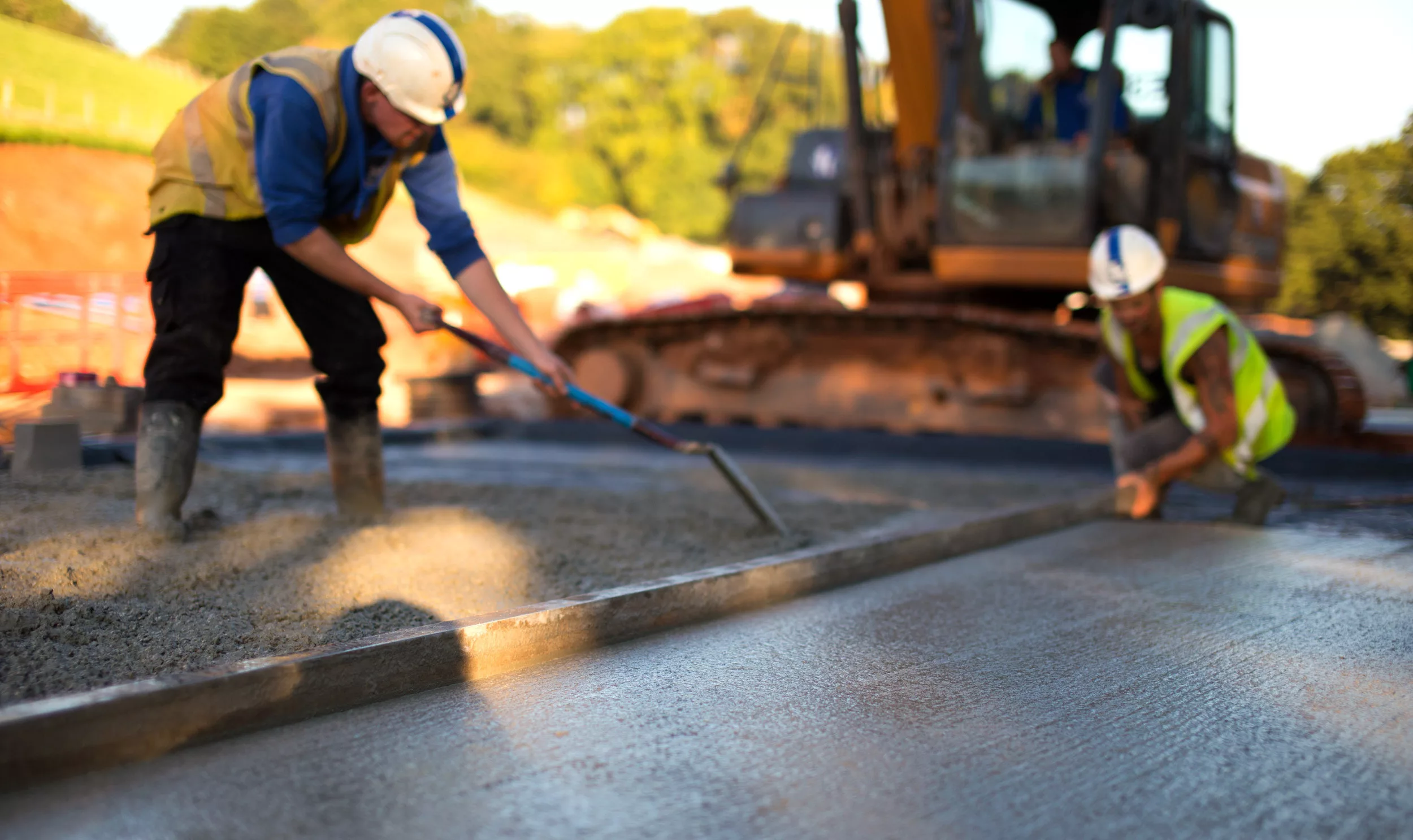
Safety and health are of utmost importance in the fast-paced industrial world. It becomes crucial to prioritize industrial hygiene to ensure employee well-being and prevent occupational illnesses and hazards. Organizations can effectively manage risks and safeguard their workforce by proactively anticipating, recognizing, evaluating, verifying, and controlling potential workplace hazards.
In this article, we present ten valuable tips aimed at maintaining stringent industrial hygiene standards. These tips cover the vital steps of hazard anticipation, recognition, evaluation, verification, and control. By implementing these recommendations from experts, organizations can establish a work environment that puts safety as its ultimate priority while fostering employee wellness.
Let’s take a detailed look at these tips.
Anticipate Potential Hazards
Anticipating potential hazards allows organizations to be proactive and protect themselves against emerging risks, remaining one step ahead of the problems. Staying aware of industry trends, technological innovations, and regulatory updates allows organizations to identify potential dangers before they escalate. Proactive organizations work to implement these preventive measures timely, minimizing incidents. Anticipating potential hazards helps ensure employee safety, well-being, and operational continuity. Organizations demonstrate their dedication to building a culture of safety where identifying risks early becomes part of daily operations.
Listen to Employee Feedback and Concerns
Promoting an environment in which employees feel encouraged to report hazards promotes a greater sense of awareness among staff members, which in turn aids organizations in preventing accidents, injuries, and other problems from occurring.
Organizations can swiftly implement control measures to eliminate the identified industrial hygiene hazards by listening to employee feedback and concerns. This way, organizations can also create a safer work environment, prioritize employee well-being, and build trust in the workplace.
Evaluate Hazards
Understanding the potential workplace hazards in your industry is of utmost importance. Organizations should proactively assess all threats, from chemical hazards to physical risks. Evaluating hazards requires thorough risk evaluations to understand their potential risks and impacts. By performing comprehensive risk evaluations, organizations can better determine the severity and likelihood of harm associated with each hazard, helping prioritize efforts and allocate resources more efficiently. Risk evaluation ensures preventive measures are directed against the most significant threats, thus decreasing overall risk levels.
Control Hazards
Organizations must take proactive measures by implementing various control methods, including engineering controls, administrative controls, and the utilization of personal protective equipment (PPE).
Engineering controls focus on altering the work environment to eradicate or reduce hazards. Administrative controls establish standardized procedures that promote safety throughout work operations. As a final layer of defense, PPE acts as a safeguard when other control measures fall short of providing adequate protection.
Confirm the Effectiveness of Controls
To keep industrial hygiene at its best, consistently validating control measures’ effectiveness is crucial. Regular inspections, audits, and workplace monitoring are key for organizations to ensure that implemented controls function as planned. By conducting thorough validations of control measures, organizations can pinpoint any weaknesses or areas needing enhancement, enabling timely adjustments and a proactive approach to industrial hygiene management. This practice ensures compliance with safety regulations and cultivates a culture of continual improvement, where control measures undergo regular evaluation and optimization for enhanced workplace safety and effective mitigation of industrial hygiene hazards.
Monitor Hazards
Continuous monitoring of hazards is vital to effective management, so organizations should conduct periodic inspections, workplace surveys, and health surveillance to detect new or emerging risks or areas where control measures need to be adjusted. Monitoring provides organizations with valuable data for evaluating industrial hygiene strategies and making informed decisions for improvement.
Regularly Review Industrial Hygiene Practices
Regular reviews of industrial hygiene practices allow organizations to assess how effective their efforts are at providing a healthy and hygienic workplace. Organizations can identify patterns, trends, and improvement areas by reviewing incident reports, near-miss events, and employee feedback. These reviews offer an ideal opportunity to assess whether industrial hygiene measures align with evolving risks and industry best practices. Organizations can ensure their industrial hygiene practices remain up-to-date and in line with recent advances in risk management through periodic reviews. This ongoing commitment to continuous improvement helps promote a safety culture within the organization and protect its workforce’s well-being.
Provide Adequate Training
Comprehensive training is crucial to equip employees with the knowledge and skills to manage industrial hygiene hazards effectively. Training programs must focus on hazard recognition, risk evaluation, control measures implementation, and emergency response procedures.
Provide Personal Protective Equipment
For employees working in an industry close to potential hazards, employers must provide them with appropriate personal protective equipment (PPE). This responsibility involves determining the specific PPE needed for different tasks, providing adequate training on proper usage and maintenance, and conducting routine inspections to verify the condition of the equipment. It is imperative to swiftly replace any worn-out or damaged PPE to ensure its continued effectiveness. Employers enhance employee safety and decrease the risk of occupational illnesses or injuries by actively promoting and enforcing compliance with PPE requirements.
Learn and Adapt
Learning from experiences and adapting industrial hygiene practices are vital to improving workplace safety. Organizations should foster an environment where employees feel encouraged to share their observations and insights about workplace safety issues. By actively seeking employee feedback and remaining up-to-date with emerging trends, regulations, and technologies, organizations can adjust their industrial hygiene strategies by changing environments.
Organizations using an adaptive approach are better equipped to proactively address new challenges, manage risks and ensure the well-being of their workforce. Adopting a learning and adaptability culture creates an environment where industrial hygiene practices can continually be refined for greater employee safety and health.
Conclusion
Maintenance of industrial hygiene at work demands a proactive and systematic approach. Organizations can foster a safe and healthy work environment by anticipating, recognizing, evaluating, controlling, and verifying hazards. Implementing the ten essential tips presented here empowers organizations to prioritize employee safety, reduce incidents at the workplace and foster a culture of proactive hazard management.
Let’s use these workplace hygiene practices to create an environment that prioritizes employee well-being, productivity, and the organization’s overall success.








